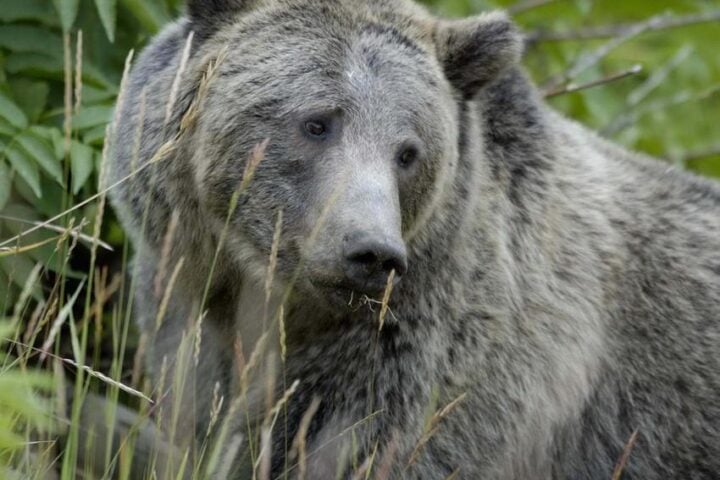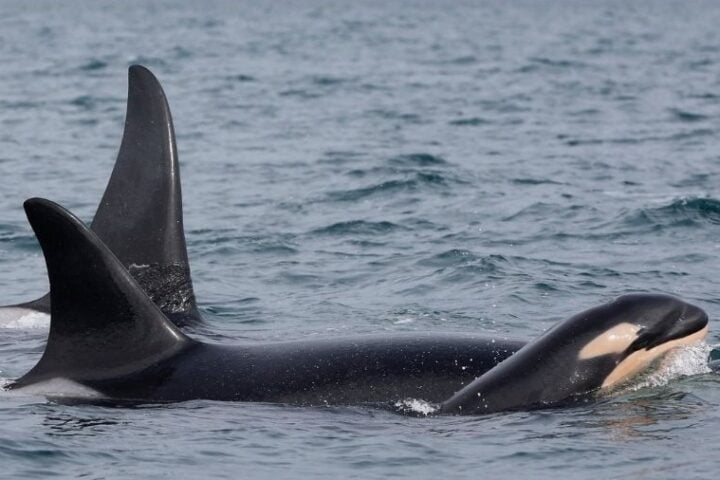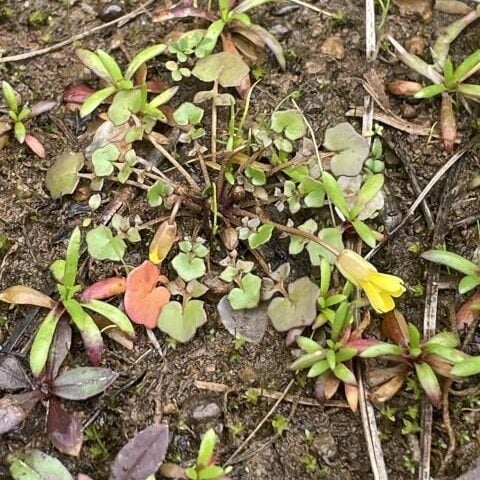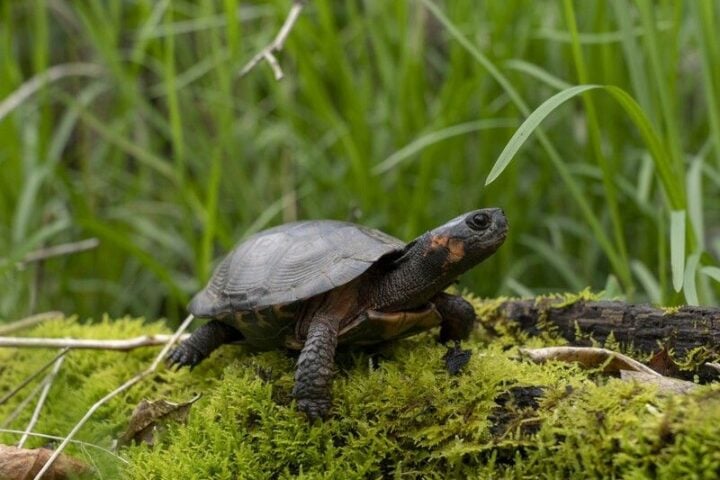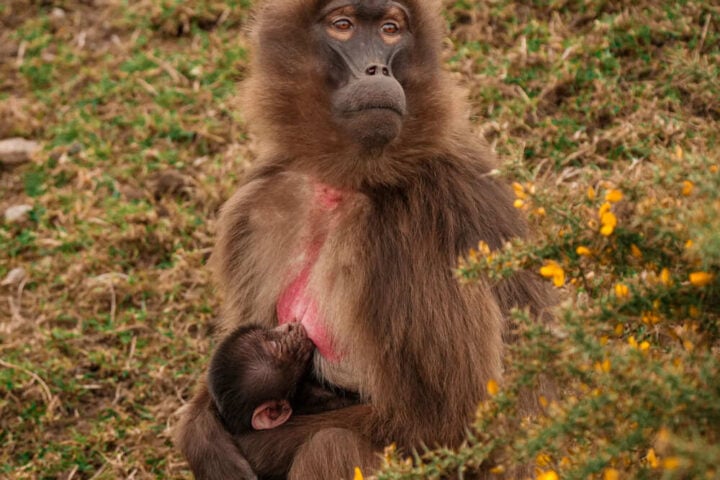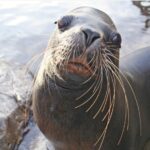After two years of closure, the Alaskan Bering Sea snow crab fishery has reopened, offering a glimmer of hope for fishing communities devastated by the fishery’s shutdown. However, the reopening comes with significant restrictions as the crab population remains far below historic levels.
The fishery, which once generated an average of $150 million annually from 2012 to 2021, is operating under a drastically reduced catch limit of 4.72 million pounds for the 2024-2025 season. This represents just over 10% of the 45 million pounds allowed during the 2020-2021 season, when the fishery brought $219 million into Alaskan fishing communities.
The snow crab population collapse — with an estimated 10 billion crabs disappearing between 2018 and 2021 — has been linked to marine heatwaves and ecological shifts in the Bering Sea. Rising water temperatures disrupted the cold-water ecosystem that snow crabs depend on, affecting their habitat, food availability, and making them more vulnerable to disease.
“Everyone came together to collectively agree on terms of the agreement and leverage flexibility in the regulations,” said Brian Brown, assistant regional administrator for NOAA Fisheries Alaska Region Restricted Access Management division. “It provides financial relief to fishery participants and communities and allows the crab fishery to continue to operate through this period of low abundance.”
Similar Posts
The reopening required regulatory flexibility through a rarely used provision known as Amendment 41. This amendment allowed for an exemption from regional delivery requirements when unforeseen circumstances prevent normal operations. The need arose when the only major processor in the North region announced it couldn’t feasibly open its plant due to the low catch limits.
To implement the exemption, 27 individuals representing communities, harvesters, processors, and industry stakeholders signed a Framework Agreement in December. This agreement permits harvesters to deliver their quota to processors in the South region while still providing some economic benefits to those in the North.
The collaborative approach represents an attempt to salvage what remains of the fishery while the crab population continues its slow recovery. Recent NOAA Fisheries surveys showed that while crab numbers remain low, bottom water temperatures were near long-term averages in 2024, suggesting potentially positive effects for most crab species.
The crisis continues to highlight the vulnerability of Alaskan fishing communities that depend on healthy marine ecosystems. While disaster relief funding from the Department of Commerce provided some assistance in 2022-2023, the economic and social impacts remain profound as communities wait for the snow crab population to rebuild to sustainable levels.
Frequently Asked Questions
The Alaskan snow crab fishery was closed for two years (2022-2024) due to a massive population collapse. An estimated 10 billion snow crabs disappeared from the Bering Sea between 2018 and 2021. This decline was primarily caused by marine heatwaves and ecological shifts in the region that disrupted the cold-water habitat snow crabs need to survive. The closure was implemented to protect the remaining population and give it a chance to rebuild.
The catch limit for the 2024-2025 snow crab season has been drastically reduced to 4.72 million pounds. This represents just over 10% of the previous catch limit of 45 million pounds from the 2020-2021 season. This significant reduction reflects the continued low abundance of snow crabs in the Bering Sea, despite recent signs that conditions may be improving.
The economic impact has been severe. The snow crab fishery generated an average of $150 million annually from 2012 to 2021, with the 2020-2021 season alone bringing in $219 million to Alaskan fishing communities. The two-year closure and now severely limited reopening have caused substantial financial hardship for fishermen, processors, and communities that depend on the fishery for their livelihoods. While some disaster relief funding was provided in 2022-2023, it hasn’t fully offset the economic losses.
Amendment 41 is a provision in the fishery management plan that allows for exemptions from regional delivery requirements in emergency situations. It was implemented in 2012 to promote safety and reduce economic harm. For the current season, this amendment was crucial because the only major processor in the North region couldn’t feasibly open its plant due to the low catch limits. Amendment 41 allowed harvesters to deliver their quota to processors in the South region instead, while still providing some economic benefits to stakeholders in the North through a specially negotiated agreement.
There are some cautiously positive signs for potential snow crab recovery. Recent NOAA Fisheries surveys showed that bottom water temperatures in the Bering Sea were near long-term averages in 2024, which suggests potentially positive effects for crab species. However, snow crab abundance remains far below historical averages. The reopening of the fishery indicates that scientists have detected enough of an increase to allow limited fishing, but full recovery will likely take many years of favorable conditions and careful management.
The disappearance of an estimated 10 billion snow crabs between 2018 and 2021 was primarily attributed to marine heatwaves and ecological shifts in the Bering Sea. Rising water temperatures disrupted the cold-water ecosystem that snow crabs depend on. These changes affected their habitat, food availability, and made them more vulnerable to disease and predation. Snow crabs are cold-water specialists, and the warming conditions placed them under significant physiological stress, contributing to the massive population decline.
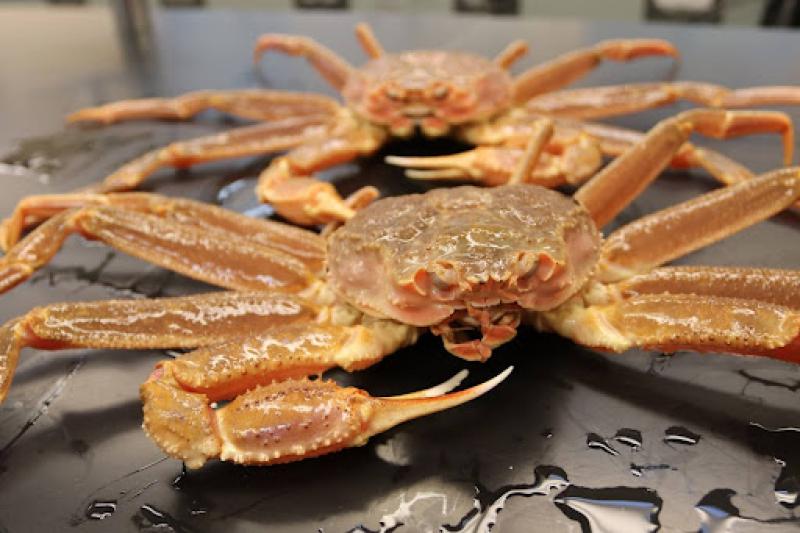

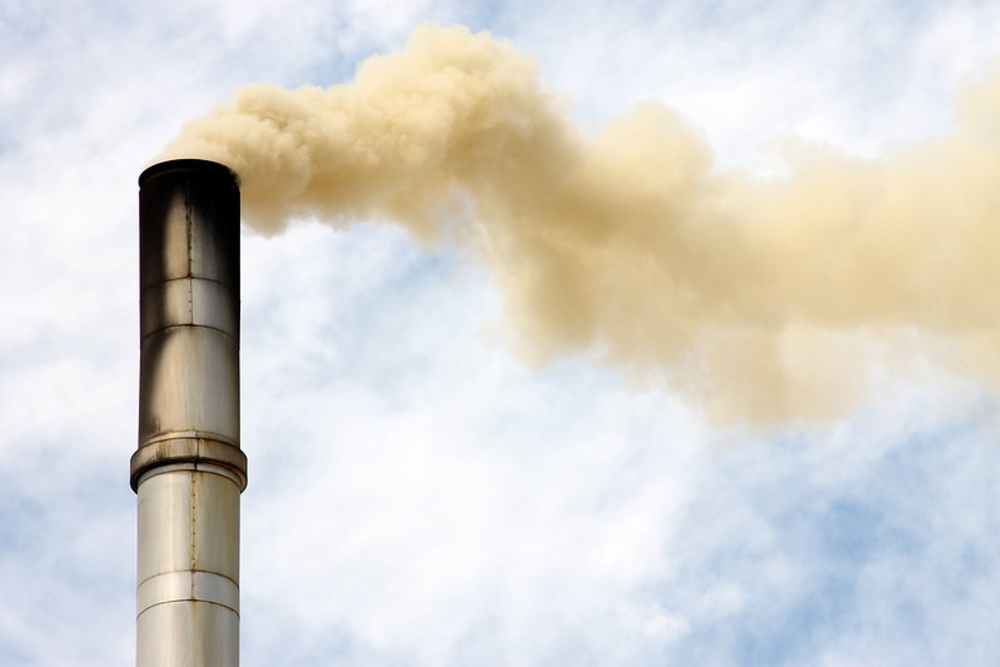
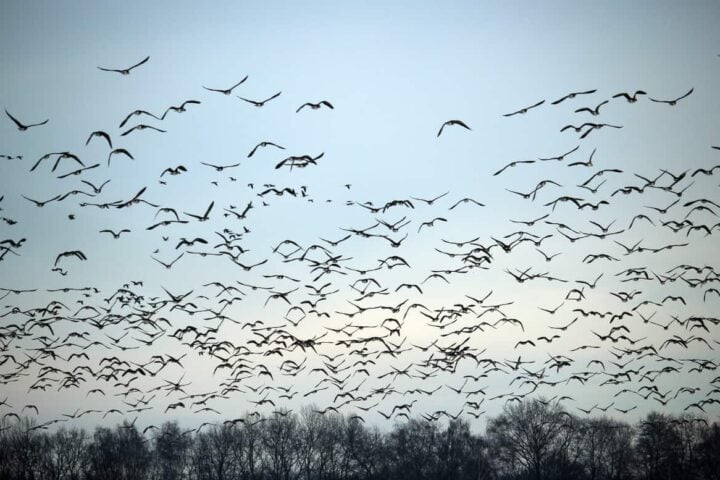

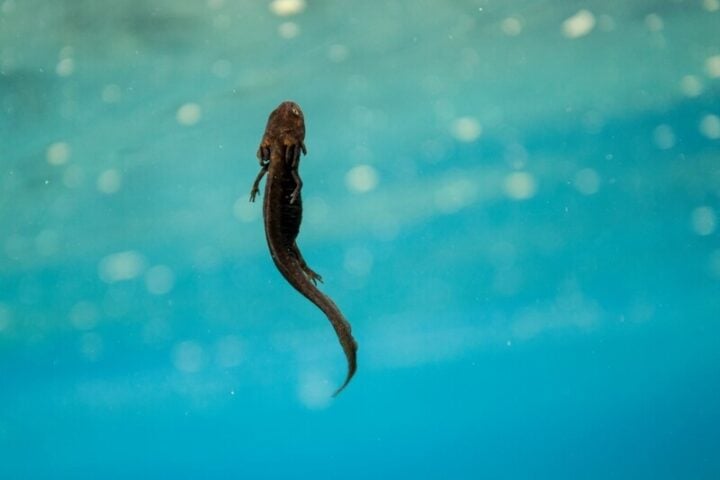
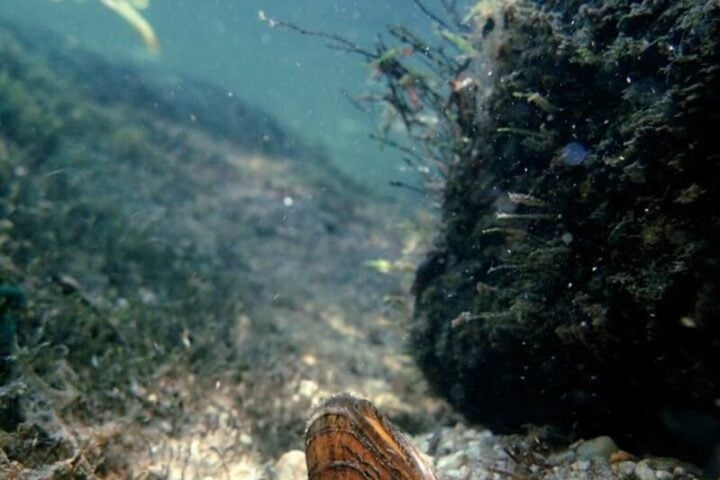
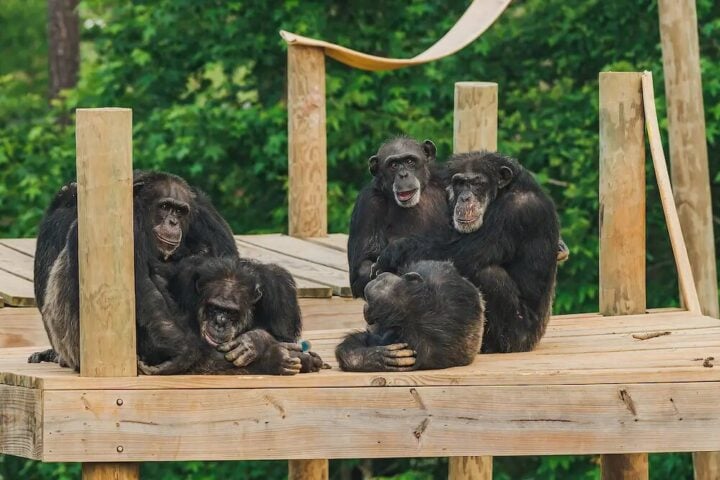

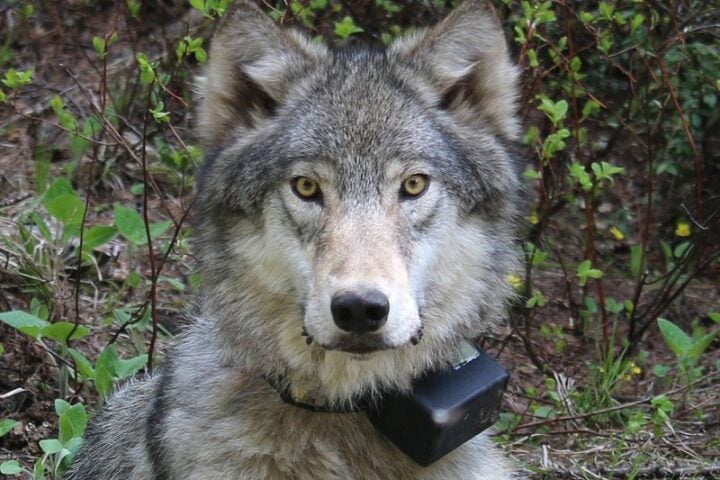
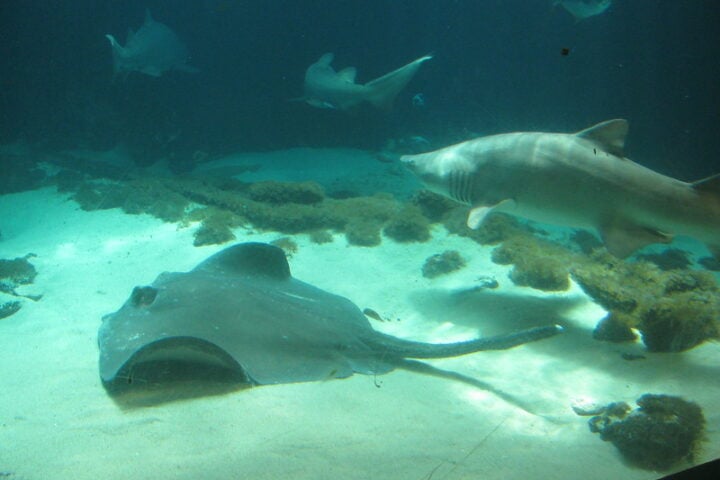
![Representative Image: European Starling [49/366]. Photo Source: Tim Sackton (CC BY-SA 2.0)](https://www.karmactive.com/wp-content/uploads/2025/04/Starlings-Drop-82-in-UK-Gardens-as-Birdwatch-2025-Reveals-Record-Low-Count-Since-1979-720x480.jpg)
